Hello Rescue Fans!
Ever wonder what you’d do if you began to choke when you’re alone? Well, someone else did too and asked that I do a RoyOnRescue on what to do during an emergency when you’re alone. This is the first of three videos in a mini series. This one will show you what to do if you begin to choke and want to survive to tell about it. I hope it helps!
Tag Archives: choking
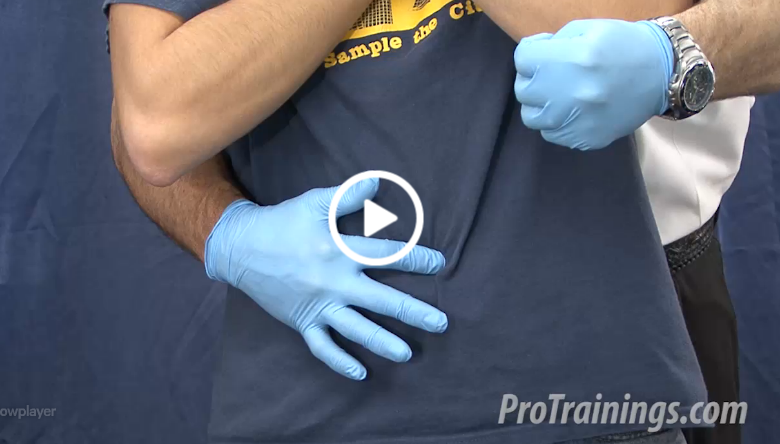
Can I Do The Heimlich On A Person Who Just Had Back Surgery?
Heimlich procedure and if it’s okay to do it on a person who may have recently had a surgery on their back. The quick answer is YES! If you think about it, what’s more dangerous, the Heimlich on a sore back or letting the person die from a blocked airway? I wanted to take a couple minutes and answer this question directly and I hope it helps.
What If The Person Is Choking and Is Pregnant?
Hi Rescue Fans!
Got a good question via email today regarding the choking adult scenario. This rescuer asked if we could explain the following: “Please talk about how to give a pregnant woman chest compressions if she was choking. How would we hold her? With an infant we make sure the head is below the body. But what to do for a pregnant woman who is choking? -H____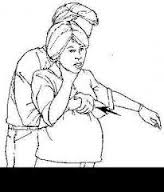
I thought this was a good question and one that we cover in our CPR certification course. Feel free to view it below. At about 44 seconds into the training, I talk about what to do if the person has a distended abdomen that’s too large to reach around, or they are a pregnant person. I hope this helps!
Are Hot Dogs Dangerous?
I received an email a couple of weeks ago by a well known television news show. They asked if I could help them with the topic of choking and specifically on hot dogs. I liked the idea and though they didn’t need the training I put together, I thought you all might benefit from it. In producing this training, I found that kids choke 60% of the time on food! Did you also know that of that 60%, 17% of the time it’s a hot dog? I thought it would be helpful for you rescue fans so I thought I’d share it with you. In this episode we discuss why kids choke on hot dogs, how kids choke on hot dogs, how to help prevent kids from choking and what to do if it happens. Get summer safe by catching up on this latest episode of RoyonRescue right now!
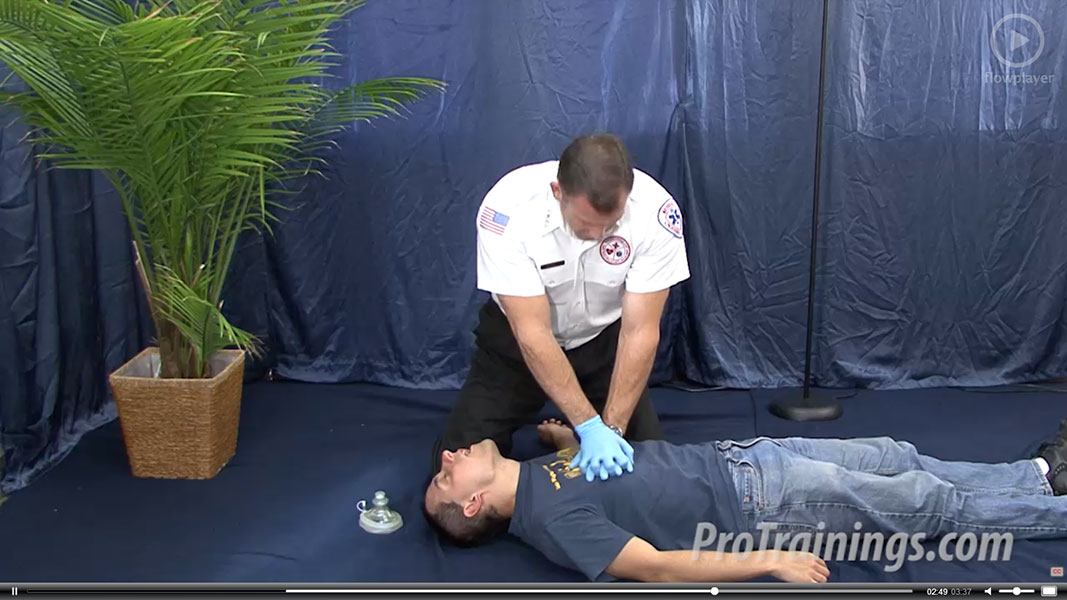
Question Answered Regarding Aggresive Chest Compressions and Unconscious Choking Patient
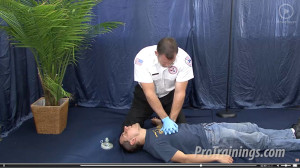 A really good question came in regarding the choking unconscious protocol. The question was basically this.
A really good question came in regarding the choking unconscious protocol. The question was basically this.
Q: The way the objective is taught regarding choking patients, you progress to chest compressions once the person loses consciousness with or without a pulse. I can understand that and have taught that to my staff BUT those with ACLS certification quickly point out that ACLS still stresses that you do not do chest compressions in a patient with a pulse. I am reviewing my ACLS and I can see the confusion. As I see it, the key is in what you have available to you and in an unconscious choking vs respiratory arrest but I would like to better explain it and to do that I need to make my peace with it too.
Lastly, In response to your training question regarding choking unconscious patient. I know it’s hard to understand some of the changes that take place from time to time with the ILCOR and AHA recommendations.
A: I’ll try and make sense of this particular skill. Once we asses for unconsciousness or lower the unconscious choking patient down to the floor, and after calling 911, we’re going to begin 30 chest compressions immediately and then open the airway, check for obstruction or object in mouth and sweep it out if we see it.
If we don’t see it, we will attempt two breaths, if breaths don’t go in, we will reposition the head tilt and chin lift and try two more breaths(ideally with a one way valve mask in place). If breaths do not go in, we will give 30 more chest compressions and then check mouth for object. Repeat until object is clear, airway is open or help arrives and takes over. If at some point, we sweep an object out and the breath goes in, we then check for a carotid pulse for no more than 10 seconds, if no pulse and no normal breathing…begin CPR. If there is a pulse but patient is not spontaneously breathing, begin rescue breathing at 1 breath every five seconds.
Explanation: The immediate chest compressions are due to a philosophy that the patient was already choking while conscious and instead of assuming that it came out after unconsciousness, we assume that it’s still blocking the airway. The only thing we need to do if not already done, is activate the EMS or 911 system. Then after 30 chest compressions, we check for produced obstruction.
Remember, even in ACLS, we are now less concerned about pulses and more concerned about time from non circulating heart activity or arrest to time of first compression. In other words, if we are not able to detect pulses or are unsure, but the patient is unresponsive and not breathing “normally” (agonal) the science and research is promoting aggressive cardiac compressions and minimization of time between arrest and first compression from CPR. In this scenario, if the choking patient is in cardiac arrest, then they will benefit from receiving 30 chest compressions before we check the airway.
Therefore, in theory, we’ve potentially circulated some residual oxygen to the brain and other vascular organs. If the patient is not in cardiac arrest but simply still choking, the compressions should assist in relieving the obstruction and studies have shown that injury due to non-needed compressions is minimal. This is why the emphasis on aggressive chest compressions.
I hope this helps anyone else who may have had the same question!
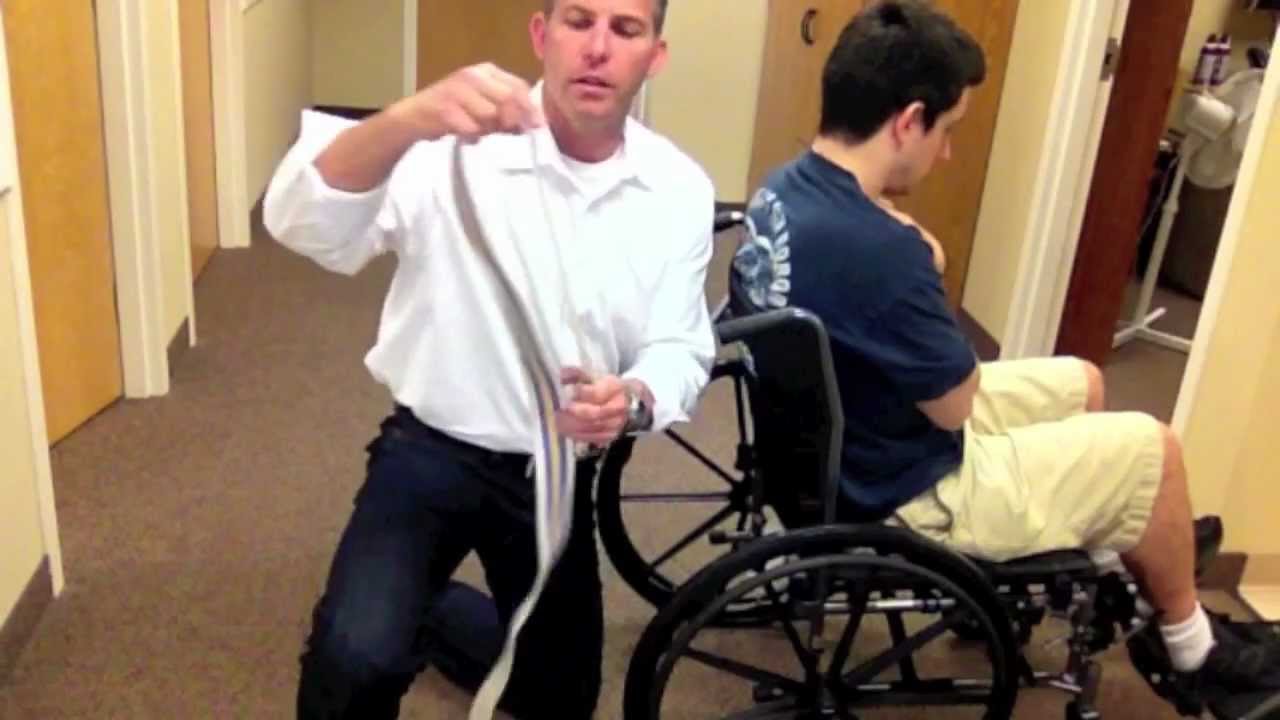
They’re Choking And I Can’t Get Them Out Of The Wheelchair!
Maybe you work with patients that are wheelchair bound and may, at times, be too large or have disabilities that limit your ability to get them out of the wheelchair in a hurry. Especially when they begin to choke during meal time. I received a phone call message regarding this very situation and though we had a great discussion about what to do for the patient over the phone, the person I was talking with thought it would be a great idea for it to be made into a video training. So, here you go Maria! I hope it helps.
Best Wishes,
Roy
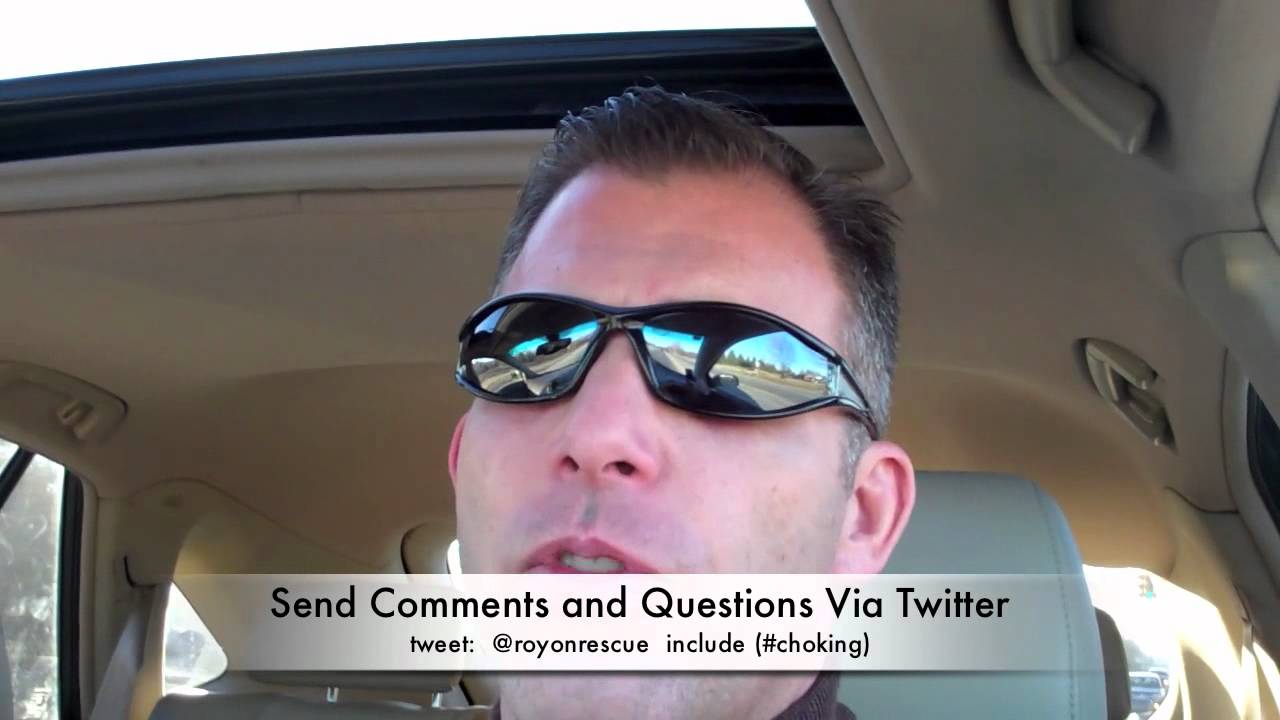
When A Person’s Choking, How Do I Know When It Comes Out?
In this episode of RoyOnRescue, Roy answers a question that came in via email regarding a situation where the person did the abdominal thrusts but the object did not come out to the best of their knowledge. Should they keep doing chest compressions or is there something else that can be done to get the foreign body out of the victim’s airway. Be sure to watch this episode to get the answer.
Infant Choking, Back Slaps or Chest Thrusts?
Ever wonder what to do if an infant began choking next to you? Ever wonder if one procedure was more effective than another? Well, one of our students did and emailed me a question about his topic. In this video blog entry I open up the discussion about back slaps and chest thrusts, what they do, and how they work to help a choking victim. Then at the end, I give you the secret about which one is more effective. Enjoy!
Clinical Pediatrics
The Choking Child—A Life-Threatening Emergency
Evaluation of Current Recommendations
Susan B. Torrey, MD
http://cpj.sagepub.com/cgi/content/abstract/22/11/751
|
|||
Airway pressure with chest compressions versus Heimlich
manoeuvre in recently dead adults with complete airway
obstruction
Accepted 22 November 1999. published online 17 August 2004.
Abstract
In a previous case report a standard chest compression successfully removed a foreign body from the airway after the Heimlich manoeuvre had failed. Based on this case, standard chest compressions and Heimlich manoeuvres were performed by emergency physicians on 12 unselected cadavers with a simulated complete airway obstruction in a randomised crossover design. The mean peak airway pressure was significantly lower with abdominal thrusts compared to chest compressions, 26.4±19.8 cmH2O versus 40.8±16.4 cmH2O, respectively (P=0.005, 95% confidence interval for the mean difference 5.3–23.4 cmH2O). Standard chest compressions therefore have the potential of being more effective than the Heimlich manoeuvre for the management of complete airway obstruction by a foreign body in an unconscious patient. Removal of the Heimlich manoeuvre from the resuscitation algorithm for unconscious patients with suspected airway obstruction will also simplify training.
http://www.resuscitationjournal.com/article/S0300-9572%2800%2900161-1/abstract
Heimlich vs Back Blows/Chest Thrusts
http://medfraud.info/Koop.html
Consensus Guidelines Not Followed in 1985 Release Encouraging Heimlich Maneuver
Should I Use Abdominal Thrusts or Chest Compressions?
Ever wonder what to do if someone chokes near you? Should you give them the Heimlich Maneuver or Chest Compressions? In this video Blog, Roy Shaw, EMT-Paramedic answers a students question about what to do if someone chokes and if Abdominal Thrusts or Chest Compressions are better. Roy takes a look at when to use abdominal thrusts as in the Heimlich Maneuver and when to use Chest Compressions for a person who is definitely choking.
Person Dying and You Can Help, So What’s Stopping You?
An estimated 294,851 emergency medical services-treated out-of-hospital cardiac arrests occur in the United States each year.(http://www.americanheart.org/presenter.jhtml?identifier=4741)
And only 10% of people do something to help. What stops people from providing life saving techniques during a tragedy? In this video podcast Roy Shaw, Paramedic and BLS/ACLS/PALS instructor gets to the bottom of why people don’t get involved and what can be done increase the survival rate from cardiac arrest, regardless of what causes it.

